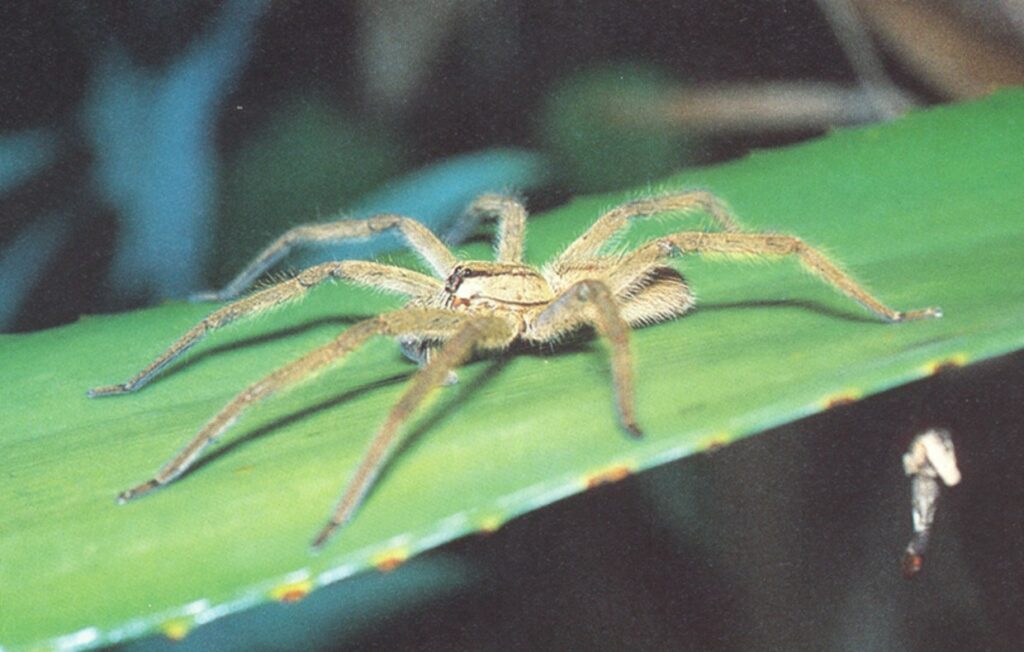Ever wondered if your green garden furniture or lush indoor plants might be attracting spiders? You’re not alone. Many people believe that certain colors, especially green, can lure these eight-legged creatures into their living spaces.
Understanding Spider Behavior
People often believe that certain colors attract spiders, but this is a myth. Understanding spider behavior reveals more accurate information about their preferences.
Common Myths About Spiders
Spiders don’t exhibit color preference in the way people assume. Many think that green objects, such as garden furniture or indoor plants, attract spiders more. However, color isn’t a significant factor in spider attraction. Spiders primarily respond to environmental factors and prey availability, not color.
Scientific Studies on Spider Color Perception
Scientific studies provide insights into spiders’ vision capabilities. Research indicates that spiders lack advanced color vision. Instead, they rely on light intensity and contrast to identify their surroundings and prey. For instance, a study in the Journal of Experimental Biology confirms that most spider species, including common house spiders, can only perceive limited color ranges, focusing more on movement and shape rather than specific colors like green.
The Role of Color in Spider Attraction
Spiders, contrary to popular belief, aren’t significantly attracted to specific colors, including green. Their perception and attraction revolve around other environmental stimuli.
Other Factors Influencing Spider Behavior
Environmental Conditions: Spiders prefer areas providing ideal humidity and temperature levels. For example, basements and attics often create perfect living environments due to their consistent climate conditions.
Prey Availability: High insect activity draws spiders. If a location has abundant food sources like flies or ants, spiders will likely move in, regardless of its color.
Light Intensity and Contrast: Spiders respond more to light and shadows than to colors. They use light contrast to navigate and hunt, focusing on movement and shapes instead of color.
Natural or Man-made Structures: Spiders often inhabit buildings and infrastructure. Gaps, cracks, and corners offer excellent places to create webs and lay eggs.
Environments Where Spiders are Commonly Found
Indoor Spaces: You’ll regularly find spiders in dim places like basements, attics, and closets. These areas provide shelter and are less disturbed by human activity.
Outdoor Locations: Gardens, under rocks, and within woodpiles are typical outdoor environments for spiders. These areas offer both prey and protection from predators.
Web Suitability: Spaces that facilitate web construction, such as eaves, porches, and unused spaces, are attractive to spiders. They need stable structures to anchor their webs and catch prey effectively.
By focusing on these factors, it’s clear that color plays a minimal role in spider attraction.
Debunking the Green Color Myth
The idea that the color green attracts spiders is a myth. Spiders are influenced by other factors, not color.
Historical Origins of the Myth
The belief that spiders are attracted to green might stem from early observations associating spider sightings with green vegetation. Historically, people noticed spiders on plants, leading to the misconception that green was a strong attractant. In reality, spiders appear on green plants because those locations offer shelter and prey rather than color preference.
Scientific Evidence Against the Myth
Research indicates spiders rely on environmental conditions and prey availability rather than color. According to studies, spiders are more sensitive to light intensity and contrast. Professor Gary Dodson noted that their visual system is adapted for detecting movement and shapes. Additional research supports that spiders don’t have a preference for green over other colors. The primary factors include suitable habitats, favorable humidity, and abundant prey, which have nothing to do with color preferences.
Effective Ways to Repel Spiders
Spiders often enter homes seeking food and shelter. Here are some effective strategies to keep them at bay.
Natural Repellents
Certain natural substances deter spiders efficiently. Essential oils like peppermint, eucalyptus, and tea tree create strong scents that spiders avoid. Mixing 15 drops of one oil with water in a spray bottle and applying it to corners and cracks repels spiders. Vinegar also works well. A half-vinegar, half-water solution disrupts spiders’ sensory organs when sprayed along entry points. Citrus peels placed in areas where spiders appear can serve as an additional deterrent due to their strong odor.
Home Maintenance Tips
Sealing entry points is crucial to prevent spiders from entering. Check and repair cracks in windowsills, doors, and foundations. Cleaning regularly helps too. Vacuuming corners, behind furniture, and areas where spiders might hide removes their webs and eggs. Reducing clutter eliminates potential hiding spots. Additionally, outdoor maintenance matters. Keeping the yard free of woodpiles, tall grass, and debris reduces places where spiders can thrive before entering your home. Outdoor lights that attract insects can also draw spiders, so keeping them off or using yellow, bug-repellent bulbs helps.
Conclusion
Understanding that spiders aren’t attracted to specific colors like green helps dispel common myths and allows us to focus on effective prevention strategies. By addressing the true factors that draw spiders, such as environmental conditions and prey availability, we can better manage their presence in our homes and gardens. Implementing natural repellents and maintaining a clean, well-sealed living space are practical steps to keep spiders at bay. Remember, it’s not about the color green but about creating an environment that’s less inviting to these eight-legged visitors.
